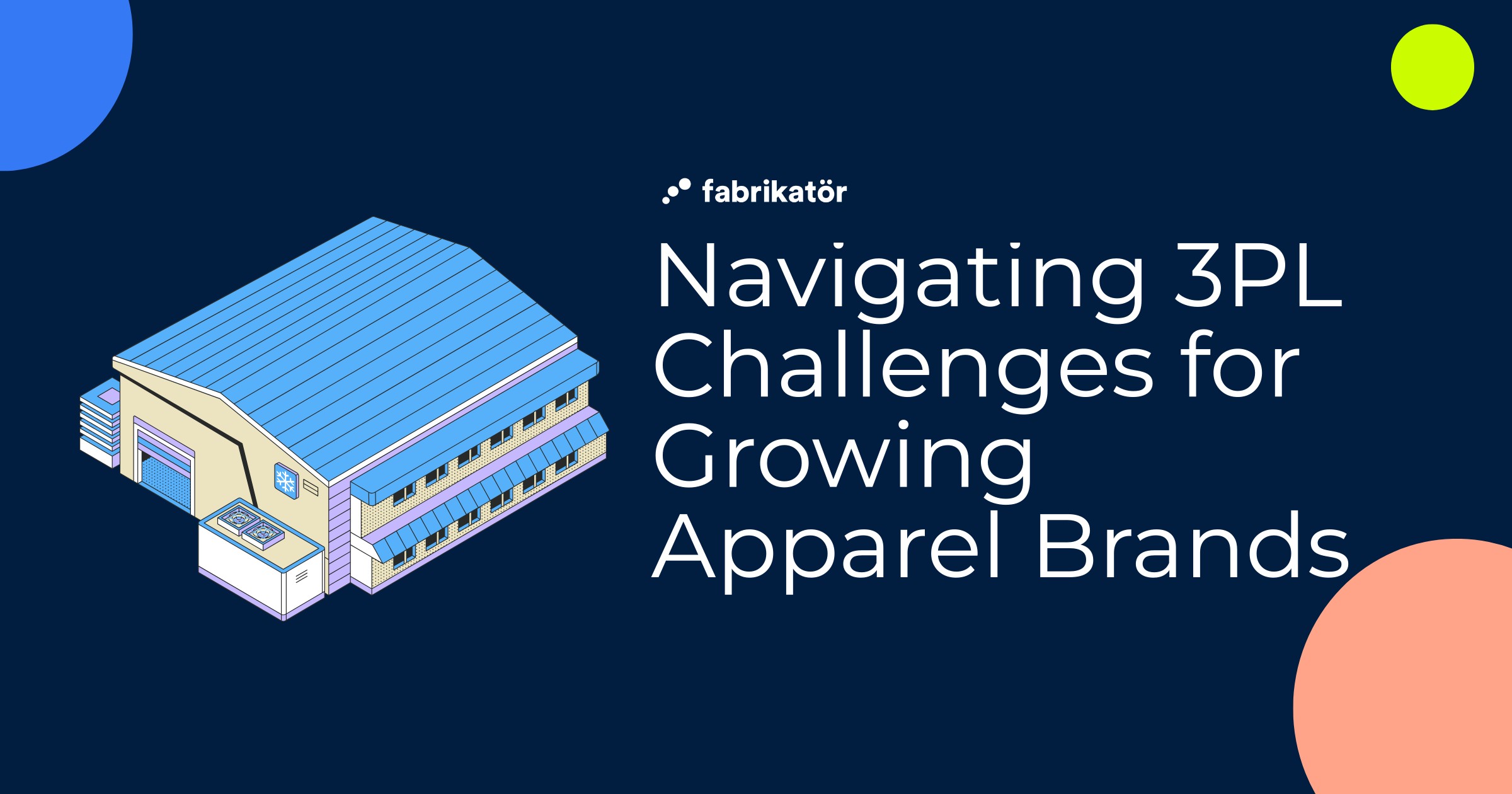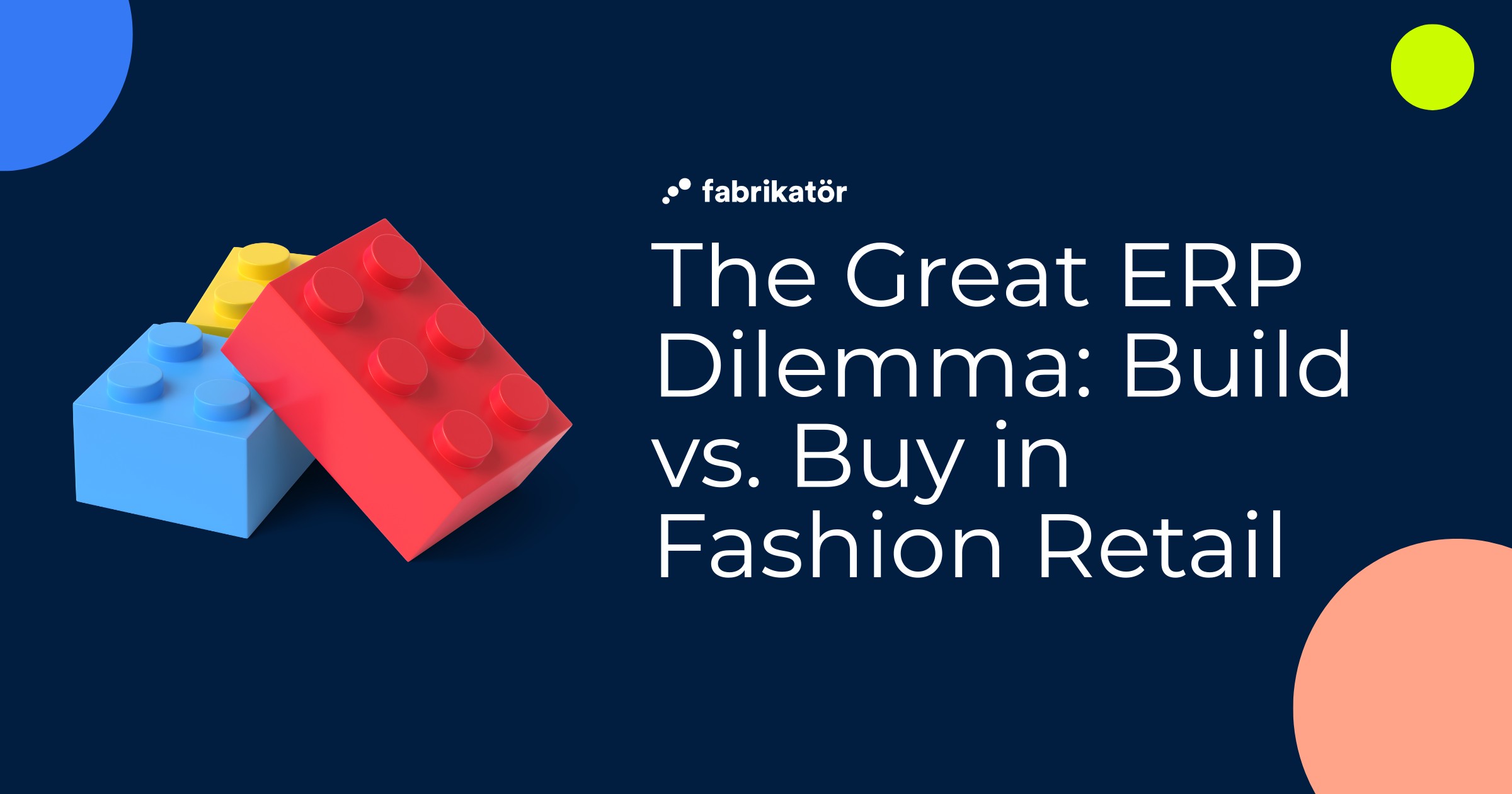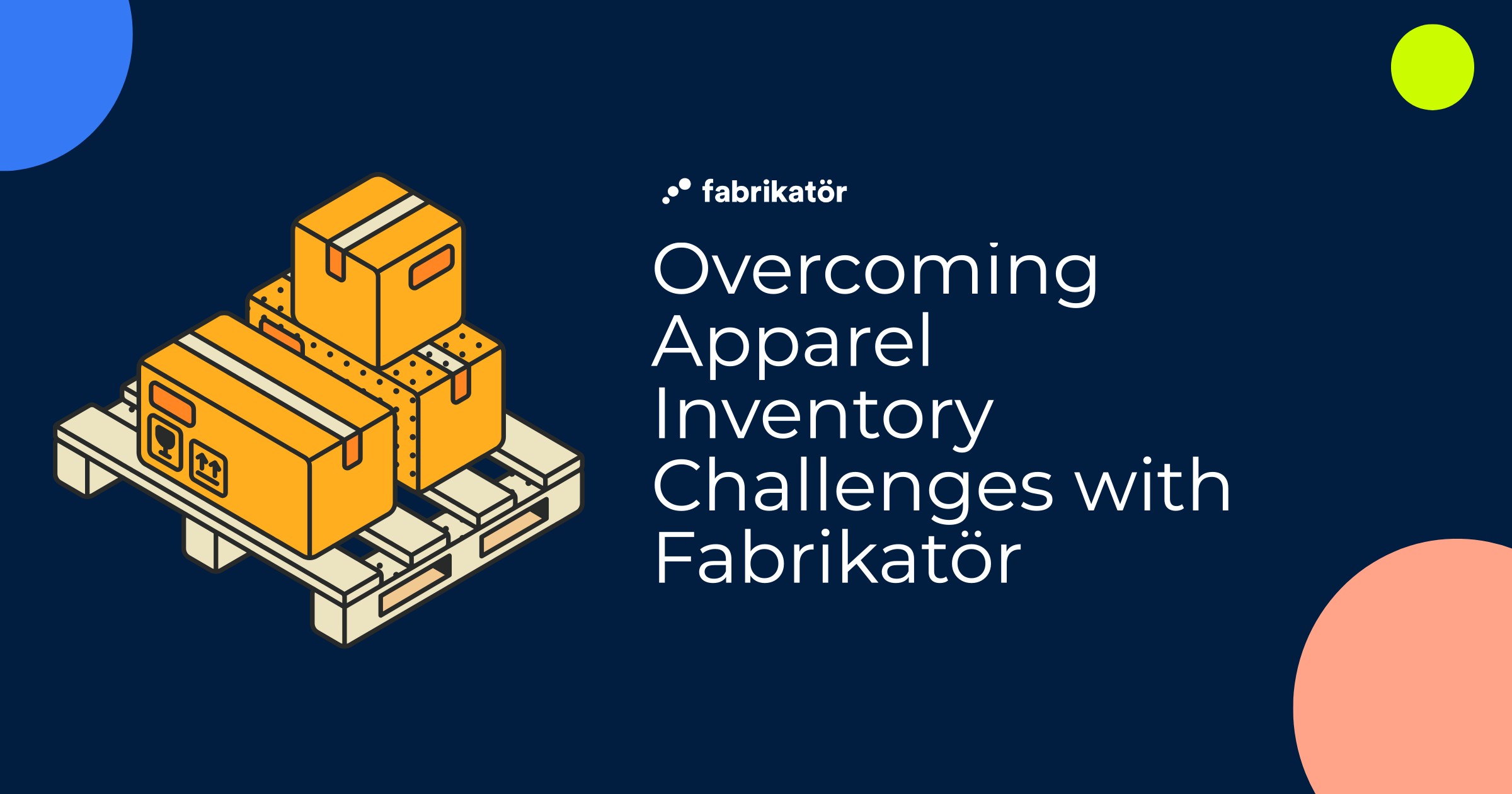How Better Payment Terms Transform E-commerce Cash Flow

Most e-commerce operators think cash flow problems start with slow sales or high marketing costs. In reality, the biggest cash drain often happens before a single product reaches your warehouse.
Payment terms with suppliers determine when cash leaves your bank account and when it returns as revenue. A brand paying suppliers upfront while offering customers 30-day payment windows creates an expensive gap that can cripple growth.
Yet many founders accept whatever payment terms suppliers offer, treating them as fixed costs rather than negotiable business levers. This mindset leaves money on the table and creates unnecessary financial stress during critical growth phases.
The Hidden Cost of Poor Payment Terms
Cash flow timing in e-commerce follows a predictable pattern. You pay suppliers, receive inventory, sell products, collect payment, and repeat. The speed of this cycle determines how much working capital you need and how fast you can reinvest in growth.
Consider two identical brands, each ordering $100,000 worth of inventory quarterly. Brand A pays suppliers immediately upon order. Brand B negotiates 60-day payment terms. Over a year, Brand B effectively receives a $200,000 interest-free loan from suppliers while Brand A ties up cash for months before seeing returns.
This difference compounds during growth phases. When demand spikes and you need to double inventory orders, poor payment terms can force you to choose between stockouts and cash shortages. Better terms give you flexibility to scale without external financing.
The Real Cost of Upfront Payments
Beyond opportunity cost, paying suppliers immediately creates operational rigidity. You become more conservative with purchasing decisions, potentially missing trends or seasonal opportunities. You also lose negotiating power when cash is tight, accepting higher per-unit costs to preserve liquidity.
According to the 2023 B2B Payments Report by Bottomline, 73% of businesses cite improved cash flow as the primary benefit of extended payment terms. For growing e-commerce brands, this improvement can mean the difference between bootstrapped growth and requiring external capital.
Understanding Supplier Perspectives
Suppliers aren't inherently opposed to extended payment terms. They have their own cash flow considerations and risk assessments. Understanding their position helps you negotiate more effectively.
Established suppliers often prefer predictable payment schedules over immediate payments from unknown customers. A reliable 60-day payment cycle from a growing brand beats sporadic immediate payments from struggling businesses.
Suppliers also consider relationship value beyond individual transactions. A brand with strong growth trajectory and professional operations represents future volume and partnership potential. This long-term thinking creates room for negotiation that many operators miss.
Building Supplier Confidence
Payment terms reflect trust and perceived risk. New brands with limited credit history naturally receive conservative terms. But as you prove reliability and growth potential, these terms should evolve.
Professional financial documentation, clear communication about growth plans, and consistent order patterns all build supplier confidence. Many operators treat initial payment terms as permanent when they should be regularly revisited as relationships mature.
Negotiation Strategies That Work
Effective payment term negotiation requires preparation and timing. Approaching suppliers during peak demand seasons or when you're behind on payments weakens your position. The best conversations happen when relationships are strong and future orders are planned.
• Start with volume commitments: Offer guaranteed minimum orders over 6-12 months in exchange for extended terms.
• Propose graduated improvements: Request 30-day terms initially, then 45-day terms after six months of consistent payments.
• Emphasize relationship value: Position yourself as a strategic partner, not just a customer buying products.
• Provide financial transparency: Share growth metrics and cash flow projections that demonstrate stability.
Alternative Payment Structures
Traditional net-30 or net-60 terms aren't the only options. Creative payment structures can benefit both parties while improving your cash position.
Seasonal brands might negotiate staggered payments tied to selling seasons. Fashion brands could arrange payments that align with retail cycles. The key is proposing structures that match your revenue patterns while giving suppliers predictable cash flow.
Some suppliers offer early payment discounts (2/10 net 30) that can be valuable if your cash position is strong. Others might accept partial payments at order confirmation with the balance due on shipping. These variations create flexibility beyond standard terms.
Implementation and Relationship Management
Securing better payment terms is only valuable if you can honor them consistently. Late payments damage relationships and typically result in immediate reversion to cash-on-delivery terms.
Building systems to track payment schedules across multiple suppliers prevents costly mistakes. Many growing brands struggle with this operational complexity as supplier relationships multiply.
Clear communication about payment schedules, order timing, and any potential delays maintains trust. Suppliers appreciate transparency and often accommodate temporary adjustments when they understand the situation.
Scaling Payment Term Benefits
As your business grows, payment terms become more critical and more negotiable. Larger order volumes give you leverage with existing suppliers and attract new suppliers willing to offer competitive terms.
The brands we work with often discover that payment terms improve naturally as their purchasing patterns become more predictable and their order sizes increase. What starts as a 15-day term with a new supplier often evolves into 45-60 day terms as trust builds.
This evolution requires intentional relationship management. Regular supplier reviews should include discussions about payment terms alongside pricing and quality considerations.
Cash Flow Planning With Extended Terms
Better payment terms create cash flow benefits, but they also require more sophisticated planning. You need to track not just current inventory levels but future payment obligations across multiple suppliers and timeframes.
This complexity multiplies during growth phases when you're adding new suppliers, increasing order frequencies, and managing seasonal inventory swings. Spreadsheet-based planning quickly becomes inadequate for tracking these moving pieces.
The most successful brands build payment term benefits into their inventory planning process. They consider cash flow timing when making purchasing decisions, not just product demand and supplier lead times.
Managing Seasonal Cash Flow
Extended payment terms become especially valuable during seasonal planning. Fashion brands ordering spring inventory in December can time payments to align with spring revenue. Holiday-focused brands can structure payments around Q4 cash generation.
This strategic timing requires forecasting both demand patterns and cash flow cycles. The brands that master this coordination often achieve significantly higher inventory turns and lower working capital requirements.
Technology and Payment Term Optimization
Managing multiple suppliers with different payment terms requires systems beyond basic accounting software. You need visibility into future payment obligations alongside inventory positions and sales forecasts.
At Fabrikatör, we help commerce brands integrate payment term planning into their inventory forecasting and purchasing workflows. By connecting supplier terms, order schedules, and cash flow projections, our platform enables operators to make purchasing decisions that optimize both inventory position and cash flow timing. Book a demo with Fabrikatör to see how your team can coordinate inventory planning with payment term optimization.
The most sophisticated operators treat payment terms as a key input in their purchasing algorithms. They consider not just what to buy and when, but how payment timing affects overall financial efficiency.
Long-term Strategic Benefits
Better payment terms compound over time, creating strategic advantages beyond immediate cash flow relief. Brands with strong supplier relationships and favorable terms can respond more quickly to market opportunities and weather difficult periods with less external financing.
This flexibility becomes crucial during economic uncertainty or rapid growth phases. While competitors struggle with cash constraints, well-positioned brands can maintain inventory levels and continue investing in growth initiatives.
The long-term relationship benefits often exceed the immediate financial advantages. Suppliers who extend favorable terms typically provide priority allocation during supply shortages, better pricing on new products, and more collaborative product development opportunities.
Payment terms reflect the overall health and maturity of your supplier relationships. Brands that actively manage and improve these terms generally operate more efficiently across all aspects of their supply chain.










